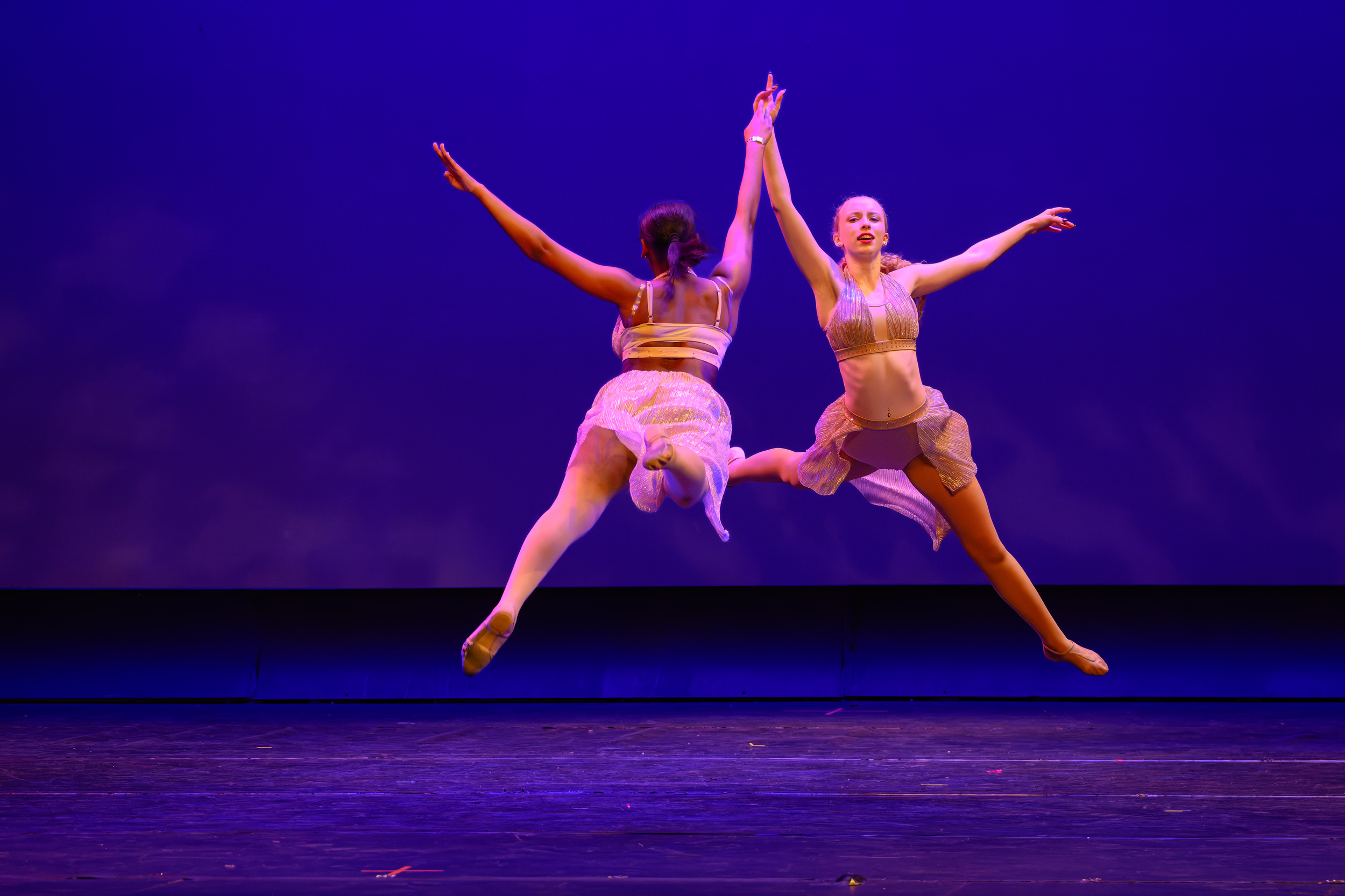Yesterday was a special day for me. I had the pleasure of photographing my daughter’s students from Elite Dance Academy during their Spring Dance Recital at the Springer Opera House in Columbus, Georgia. This venue holds a special place in our hearts because of its rich history and because my daughter works full-time at the box office, conducts ghost tours, and hosts No-Shame Theater every other week. It was a joy to see her in her element and to capture the artistry of her students on such a grand stage.
Why Overshooting is Essential
Photography, especially in dynamic settings like dance recitals, demands a keen eye and quick reflexes. The fleeting nature of “peak” moments – those split seconds where the dancers’ expressions, movements, and lighting converge perfectly – makes overshooting an invaluable strategy. Here’s why:
- Capturing the Unpredictable: Dance is all about movement. Unlike posed photography, you can’t predict when a dancer will hit their stride. By overshooting, you increase your chances of capturing those perfect, unscripted moments that define the performance.
- Compensating for Inexperience: While I don’t shoot dance daily, even seasoned photographers who specialize in dance know the importance of taking numerous shots. When you’re not regularly photographing a particular subject, overshooting helps mitigate the risk of missing key moments.
- Ensuring Coverage: At yesterday’s recital, there were over 80 separate dance routines, ranging from young children to high school students. Shooting around 100 images per dance routine might seem excessive, but it ensures that I have a wide selection to choose from, highlighting each dancer’s best moments.
- Capturing “Peak” Moments: Dance photography is all about timing. Those brief, peak moments where a dancer’s skill and emotion are fully displayed can be challenging to capture. Taking many shots maximizes your chances of freezing these moments in time.
Tips for Effective Overshooting
- Know Your Equipment: Familiarize yourself with your camera’s burst mode settings. This allows you to take multiple shots quickly, which is crucial for capturing fast-moving subjects like dancers.
- Anticipate Movements: Study the dance routines beforehand if possible. Understanding the choreography helps you anticipate when those peak moments might occur, allowing you to be ready to capture them.
- Be Selective with Your Shots: While overshooting involves taking many photos, it’s also about being strategic. Focus on moments when the dancers will likely express the most emotion or demonstrate impressive technical skills.
Culling the Images: Finding the Best Moments
Once the event is over and you have thousands of images, the next step is culling – sorting through to find the best shots. Here are some tips to streamline this process:
- Initial Pass: Please look at all your images and discard any that are out of focus, poorly composed, or otherwise unusable. This will significantly reduce the number of images you must review more carefully.
- Star Rating System: Use a star rating system to categorize your images. Start with broad categories (e.g., 1-2 stars for average shots, 3-4 stars for good shots, 5 stars for the best shots). This helps you progressively narrow down your selection.
- Look for Emotion and Composition: Focus on images that convey strong emotions, tell a story, or have excellent composition. These are the photos that will stand out and resonate with viewers.
- Seek Feedback: If possible, get a second opinion. Sometimes, another set of eyes can catch details you might have missed and provide valuable insights into which images truly capture the essence of the performance.
Conclusion
Overshooting is a powerful technique, especially when every moment counts and the action is unpredictable. Yesterday’s dance recital at the Springer Opera House reminded me of the beauty of these fleeting moments and the importance of capturing them. Whether you’re photographing dance, sports, or any fast-moving event, don’t be afraid to overshoot. The extra effort will pay off when you see the final images that truly encapsulate the spirit and energy of the performance.
Remember, the key to successful photography is not just the moments you capture but also ensuring you have enough material to choose from to tell the best possible story. Happy shooting!

